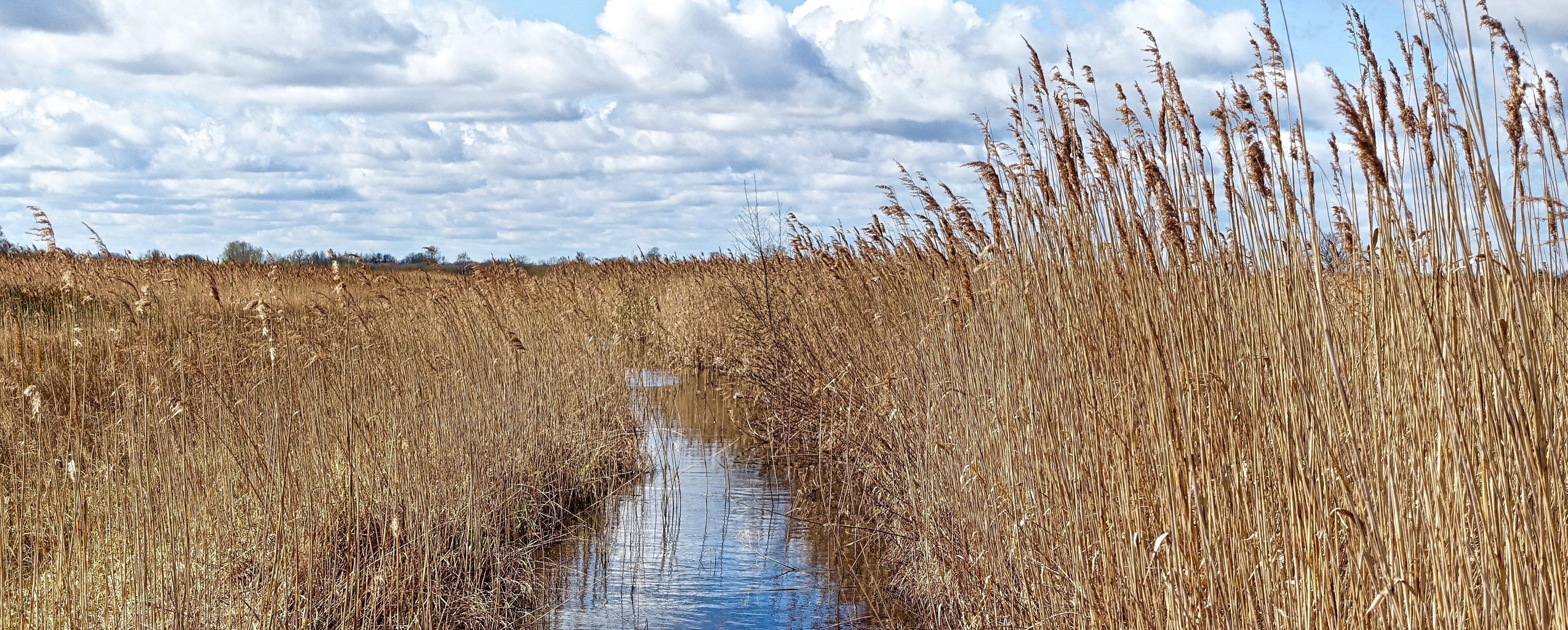Emerging Contaminants in Agroecosystems

Agriculture has been a cornerstone of human activity for millennia but the recent intensification in usage of agricultural chemicals may have unintended environmental impacts. Pesticides, antibiotics, and growth hormones in agriculture are extremely bio-reactive and can greatly affect downstream ecosystems.
For example, estrogen is a hormone given to livestock and can make its way into streams or lakes. Prolonged exposure, even to trace concentrations, can cause development issues or sex change in fish in downstream waters. While lab studies have observed that estrogens decay quickly in water, field studies have seen elevated amounts of estrogens in the environment, long after application has ceased. Using deterministic models, we show that the persistence of estrogen can be attributed to interactions with the hyporheic zone of a stream - our results suggests that the increased persistence of these estrogens are due decay rates being suppressed in the stream sediment and also the reversion of more harmless estrogen by-products back to the more potent forms of estrogen. The hyporheic zone acts as a storage for these estrogens and can slowly release them back into the streamwater.
Relevant Publications
Cheng, F., Gall, H., Mashtare, M., Lee, L., and Basu, N. 2021. Nevertheless, they persisted: Can hyporheic zones increase the persistence of estrogens in streams? Water Resources Research. https://doi.org/10.1029/2020WR028518
